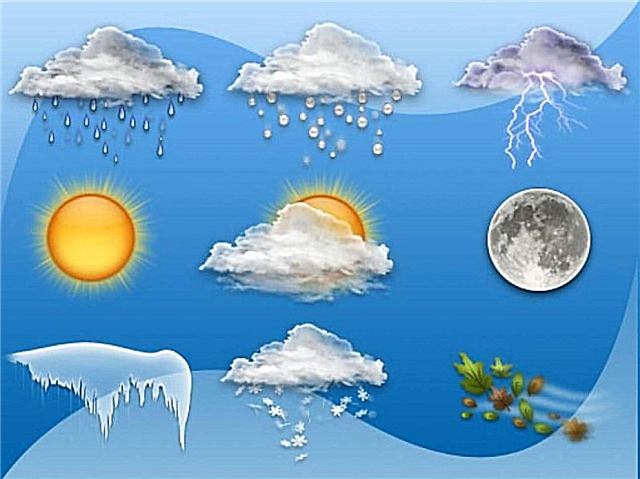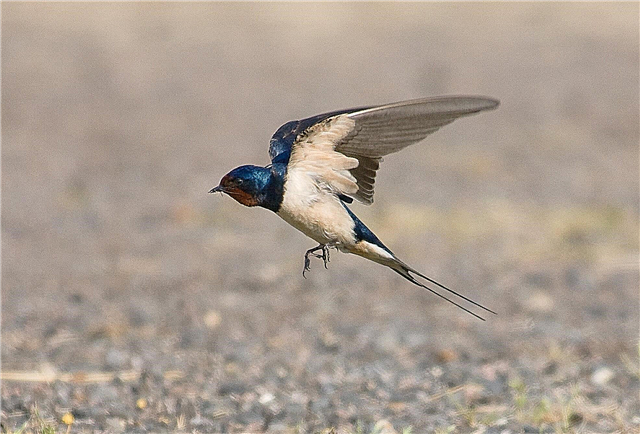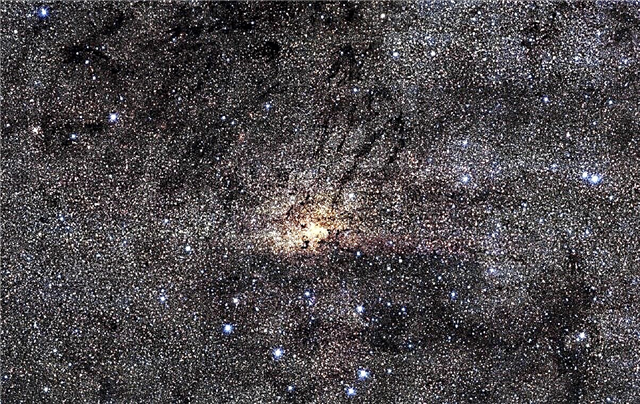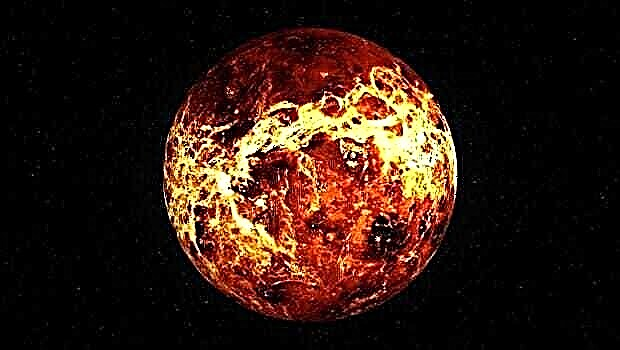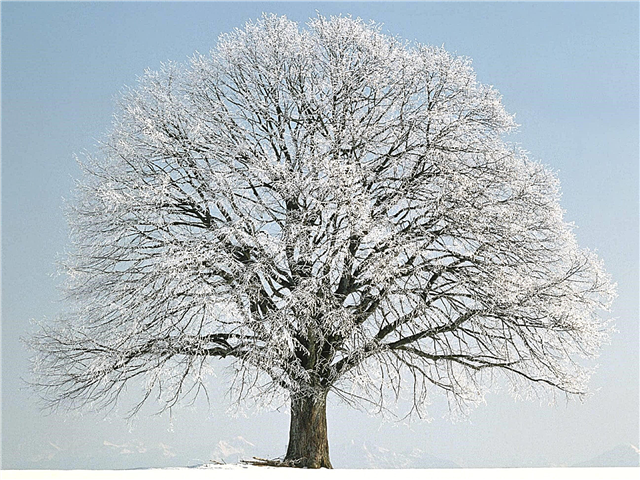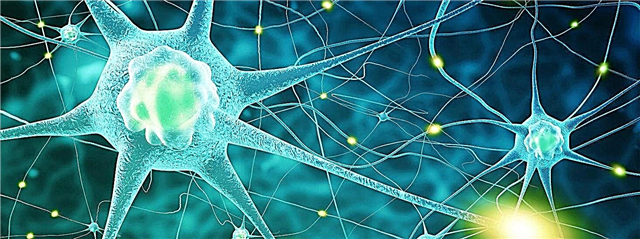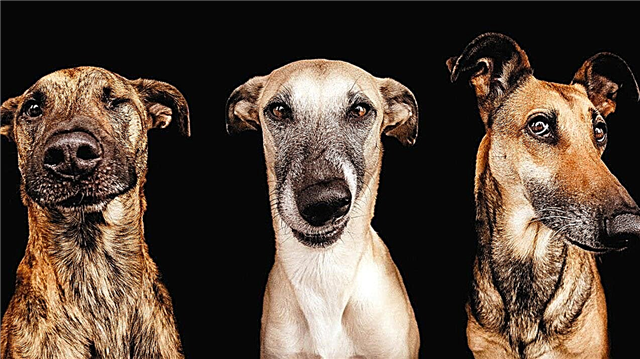
Although we are really close relatives of modern apes, they have not turned into humans.
The relationship between us is similar to the relationship between cousins: both brothers came from the same great-grandfather. We and the apes also came from one ancestor.
Evolution and life
We do not need to look into the distant past to find confirmation of evolution. Evolution is a process that is constantly going on around us. Bacteria that could previously be killed with penicillin mutated and became resistant to this antibiotic. The color of the moths changed depending on the color of the trees on which they lived.
Interesting fact: our closest relatives are chimpanzees. We have 98.4 percent of the common genes with them.
The species of animals, gradually changing, better adapt to their environment. New species of animals appear, they exist for millions of years, and then disappear. Success requires time and a happy chance for evolution to work. Signs that help the species to survive better - unusual, but more effective teeth, large brain sizes - may appear in a newborn as a result of random variation.

If the signs appearing in this way are really useful and allow their carriers to better adapt and survive in conditions in which other representatives of the species cannot survive,then new individuals will give viable offspring and the trait will be fixed. After many years, all animals of this species will look different.
Common between man and monkey
Man belongs to the primates. This order includes more than 100 species - monkeys, chimpanzees, gorillas. We primates have more in common with each other than differences: on our hands and feet we have five fingers, our teeth are adapted to chew different types of food - from a piece of meat to juicy fruits, at one time we give birth to one or more cubs, which grow for a very long time before becoming independent.

Our closest relatives are large apes - gorillas, orangutans and chimpanzees. We are similar not because we descended from them, but because we have common ancestors. The first mammals - the ancestors of dogs, whales, chimpanzees and humans - appeared 216 million years ago. These were small creatures with button eyes, brisk, no more than 10 centimeters in size. Scientists think that they lived in holes and nests and ate insects. They were invisible, but after the extinction of the dinosaurs, it was mammals that entered into the right to inherit.
Interesting fact: evolution is a process that constantly takes place around us.
The first primates on Earth
About 70 million years ago, the first primates appeared. Small, rat-like, they moved along the tops of trees, and soon populated the entire planet. 30 million years ago, monkeys and small flat-nosed monkeys gradually replaced the primates.Later, monkeys and flat-nosed monkeys evolved in different ways, from the last appeared orangutans, gorillas and chimpanzees.
Different paths of evolution of man and monkey
Humans and chimpanzees may have a common ancestor recently living in common - an animal that lived millions of years ago, and may be a bit like a chimpanzee. But further the paths of man and chimpanzees forever diverged. One evolutionary branch gradually led to man, the other to the modern chimpanzee. If evolution could be repeated at an accelerated pace, like in a movie, then we would see how animals of one branch become more and more like a modern person, and in the other - like a chimpanzee.
Chimpanzees are our closest relatives. We have 98.4 percent of the common genes with them. Some signs of similarity we can observe firsthand. Chimpanzees are public animals that use tools, such as twigs, to dig out delicious ants from under the ground. Food, they are divided into all members of the herd.
The reason for our transformation into people and our “historical homeland” are the steppes of Africa - the savannah. Some groups of our primitive, ape-like ancestors left the forests and began to lead life on the grassy expanses of the savannah. During the wet season, the grass becomes juicy, the leaves are green, bushes grow. When the rains stop, the leaves dry out, and the grass turns into hay. Animals living in the savannah must adapt to such conditions: sometimes there is an abundance of food, and at other times it practically disappears.So creatures that learn to live in shrubs and dig nuts and seeds from the ground can survive and not die in these harsh conditions.
Interesting fact: all mammals have a common ancestor, which appeared about 216 million years ago.
The appearance of humanoid animals
Over time, important changes took place, they led to the fact that a previously unknown creature became the conqueror of the savannah. It was very similar to a monkey, but walked on two legs. Hands freed for food. The brain has increased. This was not a man, but this creature was no longer a monkey. Such hominids - humanoid animals - first appeared about 9 million years ago.
Thanks to the excavations, we recognized their appearance. In Ethiopia, scientists found an almost completely preserved skeleton of a woman, who affectionately called Lucy, whose height is less than 130 centimeters. Lucy lived and died millions of years ago. She walked straight, probably had a hairline, but she was very similar to a monkey.
Over time, the kind of hominids to which Lucy belonged became extinct. Scientists think that they lost the battle for habitat in the savannah with the later hominids who replaced them. These late hominids had a more developed brain and used stone tools. They already knew how to hunt a large beast, but did not lose their skill in gathering fruit.
Modern man
Modern people, who according to the zoological classification belong to the species Homo sapiens (Homo sapiens), first appeared about 40,000 years ago.We walk straight, in an upright position, our hands can make complex instruments, we have developed a language of sound symbols and use it to communicate with each other. We live in complex social groups. We have developed a whole system of views on people, nature and society and transfer knowledge to our children, whom we teach and the rules of behavior.
We no longer limit the scope of our habitation to the savannah, but live throughout the Earth, even in those places where the lonely creature of our species, left to its own devices, cannot survive, for example, in the Far North. Monkey-like creatures that were our ancestors have long disappeared. We and modern large humanoid apes are not alike, but we are related animals. Together we inhabit planet Earth.

